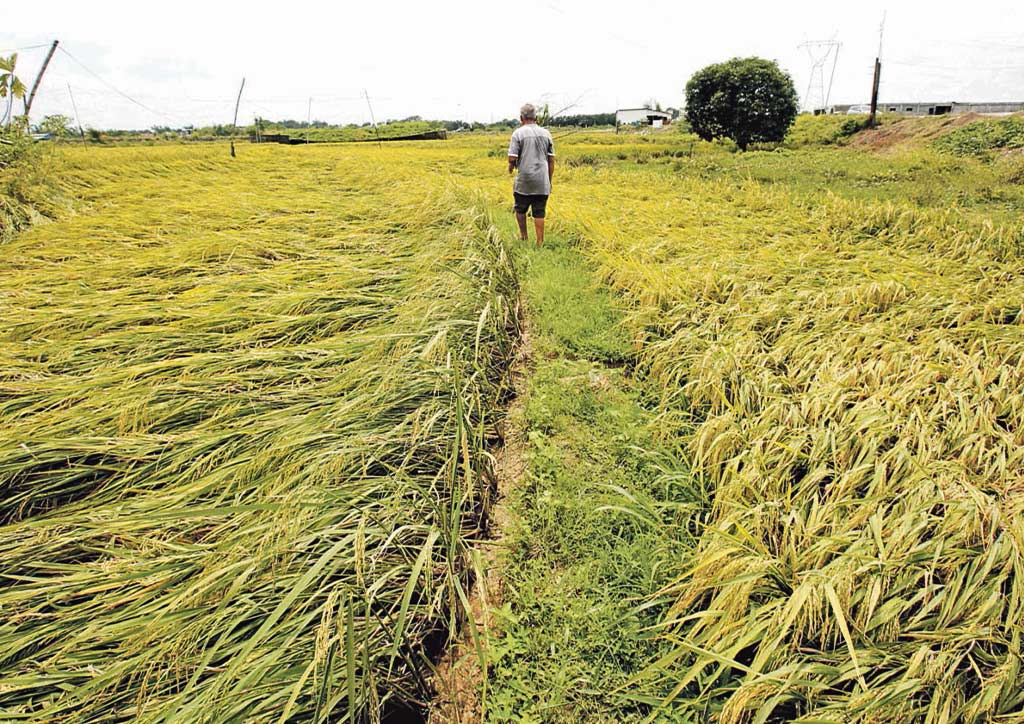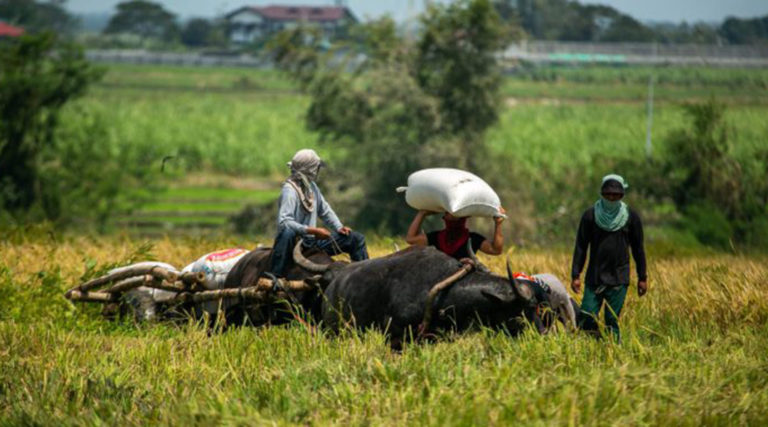Uncategorized
How We Can Help Farmers After Typhoon Karding
Typhoon Karding destroyed a lot of the crops that serve as a livelihood for these farmers.
Farmers carry the heaviest weight in the grand scale of things. They’re one of our primary sources of food. If they stop planting, we end up losing food. It takes a level of skill and research for crops and plants to survive—as we’ve all learned as plantitas and plantitos. But even that level of skill and research can’t repair the damage the typhoon has caused. To help them get back on their feet, here’s how to assist farmers recovering from Typhoon Karding.

1. Contact the farmers and wet markets through social media.
A lot of these farmers go to the wet markets to sell their goods. While some of us are hesitant to go to wet markets, many of these farmers actually know how to use social media. Some of them even sell on Facebook Marketplace! Although it takes a little rapport building such as scheduling a delivery rider, it’s actually a lot cheaper than braving the traffic and going to the supermarket.
2. Don’t be too picky with how the produce looks.
Unless you’re doing some fancy plating, go grab that vegetable even if it looks like something from an old sci-fi movie. It’s still a fresh vegetable and it’s not the farmer’s fault that the veggie looks the way it is. Besides, if we’re cooking them in a stew or turning them into juice, nobody’s going to notice or care what the vegetable looked like prior.
Plus, Typhoon Karding must’ve battered a lot of these vegetables. While they physically look ugly, that doesn’t mean they don’t taste good.
3. Do away with the premise that bulk is bad.
A lot of farmers sell in bulk, which can look intimidating at first sight. However, not all veggies weigh the same. Some farmers were recently complaining that there’s an overproduction of garlic. We’re Filipinos; we know it’s a sin to skimp on garlic! Bananas make good yogurt, bread, and pancakes. Cabbage makes a delicious broth and soup and can be a good substitute for rice! Before you know it, you’ll need to restock again.
Besides, we sometimes save more by buying some veggies in bulk. Those like garlic, onion, squash, and cabbage as well as fruits like tomatoes and lemons allow us to save more.
4. Resist the urge to haggle.
It’s very tempting to haggle but being a plantito and plantita makes you hesitant to haggle because now you realize, it’s not easy keeping a plant alive. There are even some who say they have the “black thumb” instead of the “green thumb”. What you’re paying for is not just the produce, but also the years they spent understanding the plant that no school or college can teach.
At the same time, many of these farmers are parents just like us who are trying to send their kids to school. Knowing Karding just destroyed a lot of their stocks, should we bother haggling when they have nothing left?
5. Do invest in a vegetable washer.
A lot of us hate washing vegetables but that’s why it’s good to invest in a good vegetable washer or a big basin to wash veggies in. Besides, a vegetable washer may also cut the amount of time spent washing every bit of dirt and grime. All it needs is a bit of salt, water, and some baking soda. Rinse twice at most and you’re done. This will make you more open to buying veggies from the farmers since the most tedious part is done: the washing.

#KardingPH may be trending but so should helping our farmers.
Typhoon Karding took away most of our farmer’s livelihoods and we can’t leave them out hanging when they’re the answer to living a healthier and more financially light lifestyle. By buying straight from the farmers, we can actually save more and help many families who lost a lot during Typhoon Karding. Donations are good but supporting their livelihood helps just as well.
Learn more about Typhoon Karding:
How To Protect The House and Family From Typhoons
LIST: Numbers and Foundations You Can Check During Typhoon Karding
Thank You Sierra Madre Mountain Range For Protecting Us





